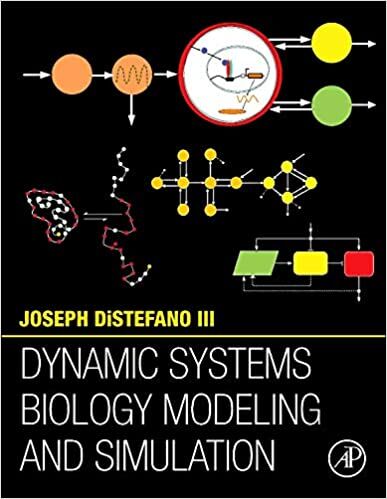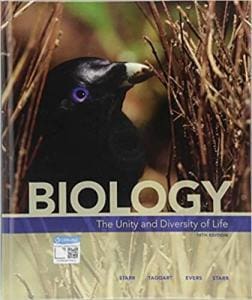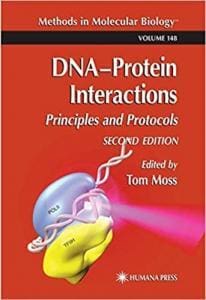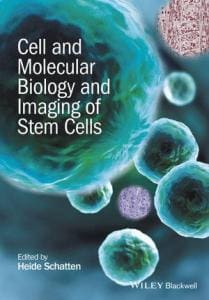Dynamic Systems Biology Modeling and Simulation

By Joseph Distefano
Dynamic Systems Biology Modeling and Simulation PDF consolidates and unifies classical and contemporary multiscale methodologies for mathematical modeling and computer simulation of dynamic biological systems – from molecular/cellular, organ-system, on up to population levels. The book pedagogy is developed as a well-annotated, systematic tutorial – with clearly spelled-out and unified nomenclature – derived from the author’s own modeling efforts, publications and teaching over half a century. Ambiguities in some concepts and tools are clarified and others are rendered more accessible and practical. The latter include novel qualitative theory and methodologies for recognizing dynamical signatures in data using structural (multicompartmental and network) models and graph theory; and analyzing structural and measurement (data) models for quantification feasibility. The level is basic-to-intermediate, with much emphasis on biomodeling from real biodata, for use in real applications.
- Introductory coverage of core mathematical concepts such as linear and nonlinear differential and difference equations, Laplace transforms, linear algebra, probability, statistics and stochastics topics
- The pertinent biology, biochemistry, biophysics or pharmacology for modeling are provided, to support understanding the amalgam of “math modeling” with life sciences
- Strong emphasis on quantifying as well as building and analyzing biomodels: includes methodology and computational tools for parameter identifiability and sensitivity analysis; parameter estimation from real data; model distinguishability and simplification; and practical bioexperiment design and optimization
- Companion website provides solutions and program code for examples and exercises using Matlab, Simulink, VisSim, SimBiology, SAAMII, AMIGO, Copasi and SBML-coded models
- A full set of PowerPoint slides are available from the author for teaching from his textbook. He uses them to teach a 10 week quarter upper division course at UCLA, which meets twice a week, so there are 20 lectures. They can easily be augmented or stretched for a 15 week semester course
- Importantly, the slides are editable, so they can be readily adapted to a lecturer’s personal style and course content needs. The lectures are based on excerpts from 12 of the first 13 chapters of DSBMS. They are designed to highlight the key course material, as a study guide and structure for students following the full text content
| File Size | 23.6 MB |
| File Format | |
| Download link | Free Download | Become a Premium, Lifetime Deal |
| Support & Updates | Contact Us | Broken Link |
| Join Our Telegram Channel |  |
| More Books: | Browse All Categories |













![Ettinger’s Textbook of Veterinary Internal Medicine 9th Edition [PDF+Videos] Ettinger’s Textbook of Veterinary Internal Medicine 9th Edition [True PDF+Videos]](https://www.vet-ebooks.com/wp-content/uploads/2024/10/ettingers-textbook-of-veterinary-internal-medicine-9th-edition-100x70.jpg)

![Textbook of Veterinary Diagnostic Radiology 8th Edition [PDF+Videos+Quizzes] Thrall’s Textbook of Veterinary Diagnostic Radiology, 8th edition PDF](https://www.vet-ebooks.com/wp-content/uploads/2019/09/textbook-of-veterinary-diagnostic-radiology-8th-edition-100x70.jpg)






